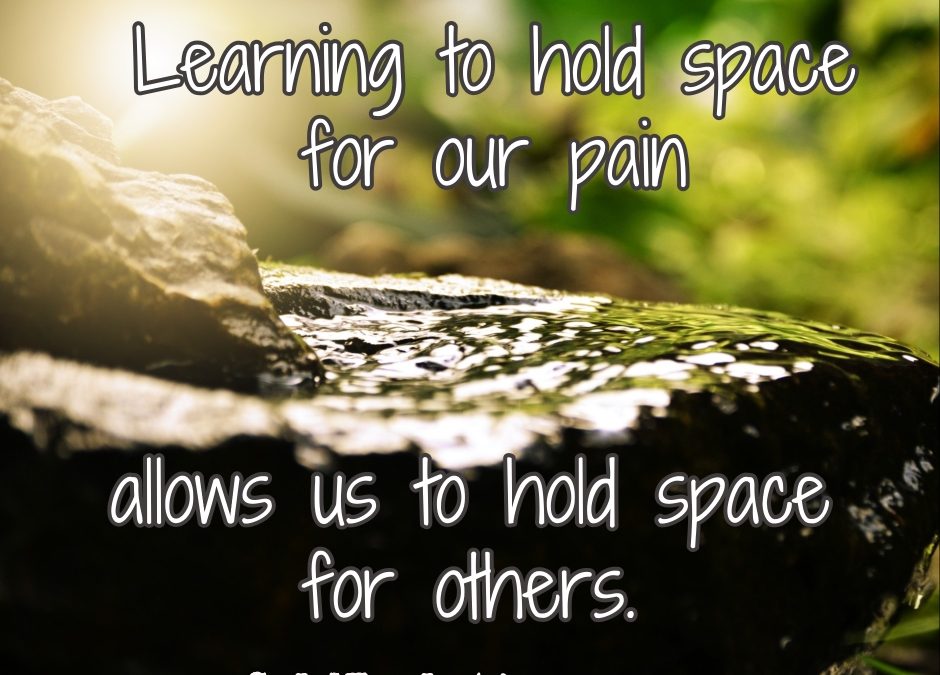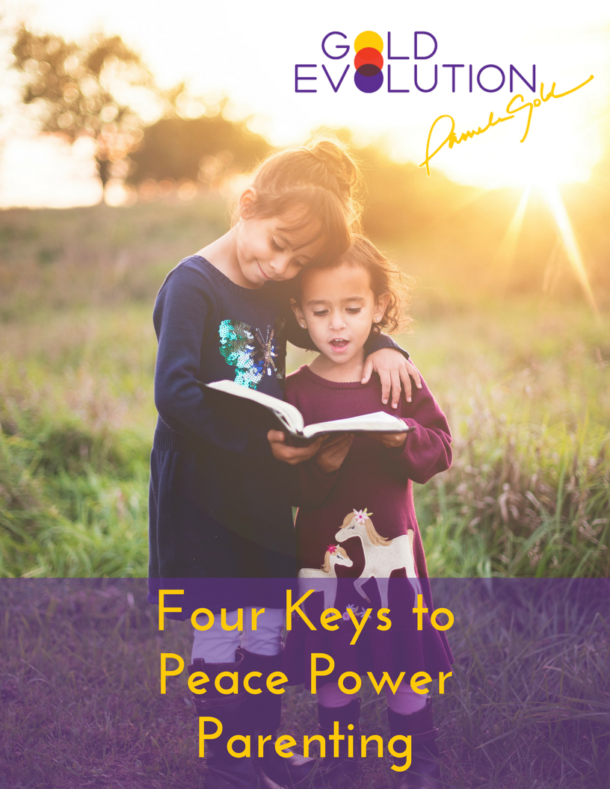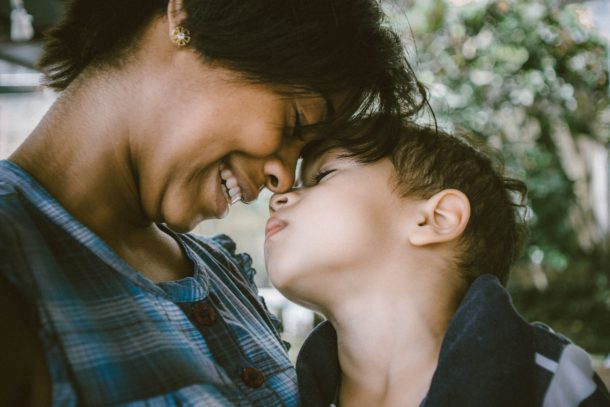Halloween on Tuesday, as we got our kids ready to head out trick or treating, we got word about what was happening in Tribeca. Running into other parents, asking in hushed voices if there was any update, wondering if anyone else was worried about taking the kids out given the situation. Some kids getting wind of it, asking the questions that we don’t have the answers to, reminding them there’s a better chance of getting eaten by a shark or struck by lightning than being killed by a terrorist as I simultaneously remind them to stay very aware at all times, especially on a night like Halloween…
My kids know what to do if they are ever somewhere, either with or without me, and someone looking to do harm with a gun or otherwise comes into their space. First, they always know where the exits are and that they need to try to safely get out and as far away as possible. If they can’t get out, hide. If they can’t hide, form a group and attack. This is practical, empowering advice that, despite many people’s concern around unnecessarily putting fear into our kids, actually eliviates fear/ helps them skillfully navigate it and gives them a sense of control around a worst case scenario. Just like we teach kids to “Stop, Drop and Roll” without worrying that we are making them afraid of catching on fire, we can teach them how to handle other worst case scenarios without planting fear. It is our own fear that we are projecting onto them otherwise.
Which gets me to the first important point when it comes to holding space for the pain of something like Tuesday’s heartbreaking attack:
We first must be able to skillfully navigate our fear around the situation.
Example: it is now Thursday morning, and a broadcast just came on about a shooting that killed three people in a Walmart in Colorado. My mom and brother and their families live in Colorado, frequently go to Walmart. The headline of course creates a reasonable amount of concern. Because of my practice of skillfully navigating my fear, before I even have any noticeable arousal, I follow the steps: 1. Do I know that there is actually anything immediately wrong (that impacts me)? No. 2. Get more information: I listen carefully for the name of the town of the incident. The town isn’t one I know so I know that my family isn’t possibly impacted and I easily stay centered and calm. I completely avoided any fight/flight arousal.
If we aren’t able to skillfully navigate our fear, we are going to be in Fight or Flight, with hormones flooding our body and brain to spring us into action, where action isn’t appropriate… and we will be under stress.
If I weren’t able to avoid the Fight or Flight fear arousal around a situation, I know that I need to DO something to dissipate the hormonal energy release that comes with Fight or Flight to get back to a clear mind and a centered state of power. Fight or Flight leads us to have negative thoughts and make destructive long term decisions in the interest of immediate survival. There are many practices for this which I often talk about… and that is necessary in order for us to hold space for any pain that we need to deal with.
Back to the Tribeca attack — even assuming that in all likelihood no one that I knew was directly impacted, it is extremely painful that this happened. It impacts our collective security and peace and there is real pain associated with that.
There is also appropriate fear based on past events like 9/11 that were not isolated incidents.
So first, I needed to navigate that fear as skillfully as possible, taking as much real information and making the clearest call as to the next best move.
Second, I needed to hold space for the pain of the situation — this feels like keeping an open heart and allowing a flow of energy through it. No resistance, no attachment, no judging.
It takes a lot of skill and effort and energy (because I am definitely not a master here, where all of this theoretically is just effortless) to stay centered, clear and calm in the face of the appropriate fear which we need to constructively and skillfully navigate (in order to decide if we are indeed continuing our evening plans)… and THEN to hold space for the pain to flow through me, honoring its truth (because it is very real), not distracting, blaming, judging, avoiding, resisting nor allowing myself to INFLAME it by unskillfully feeding thoughts that were untrue, like fears about the future or knowing something about the situation that I couldn’t possibly know. Even holding judgment on some of the reports that were coming in, because it was too early to know whether they were true… so grieving the death of children for instance, which was originally reported, wouldn’t have been appropriate because we didn’t know if that was actually true yet. So, sticking to what we knew at that time: that there was an incident and people were killed. Period. Holding space for the grief, skillfully navigating the fear, staying in the present moment with an open heart and a vigilant mind.
Once I became skillful holding space for my own pain, it allowed me to become skillful in holding space for other’s pain as well, without judgment… something that I consider to be one of the greatest gifts that we can give another.




